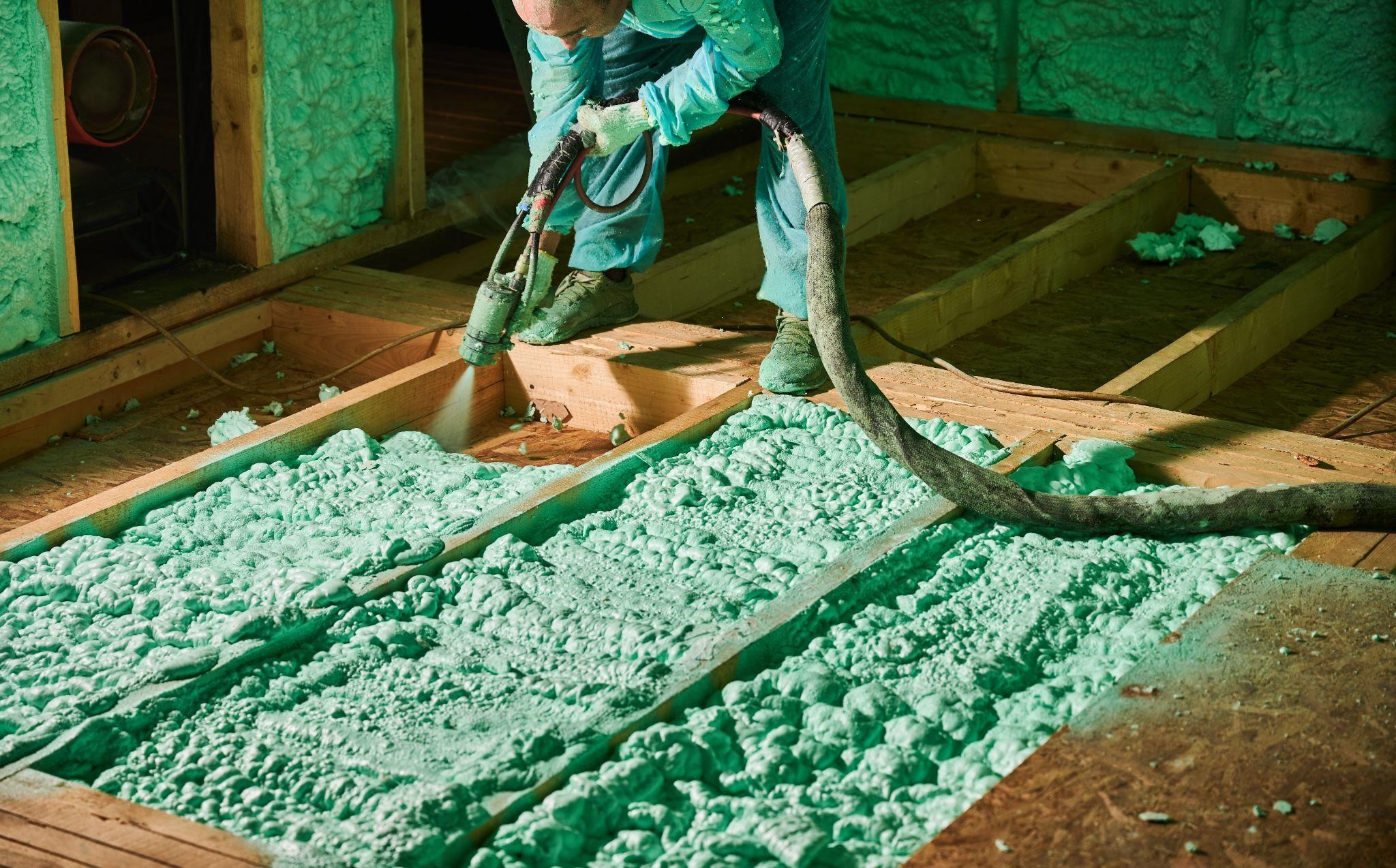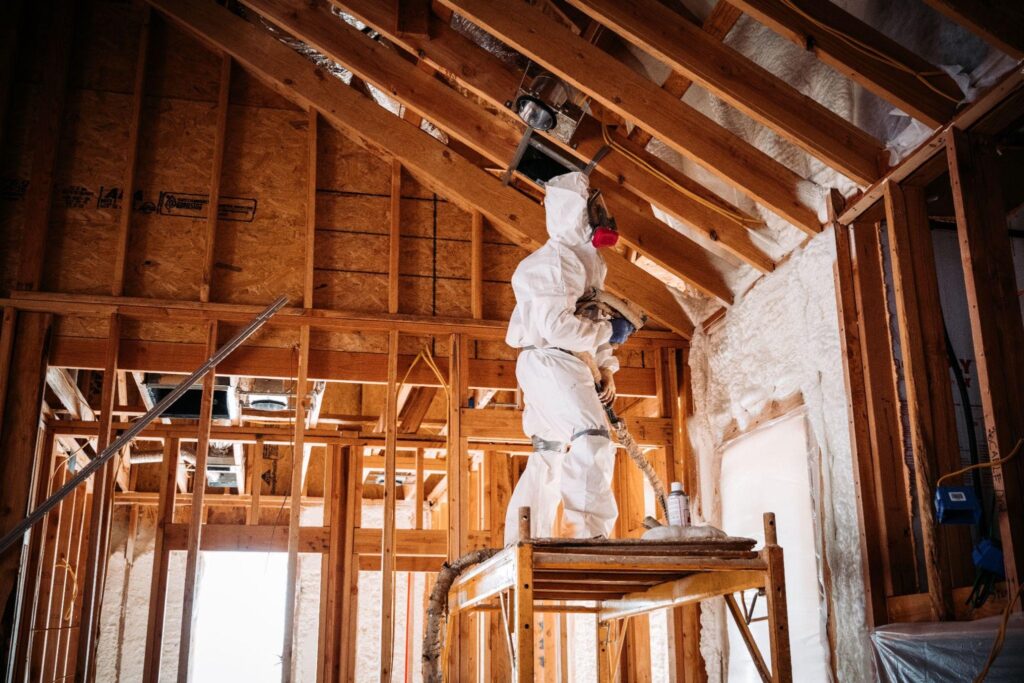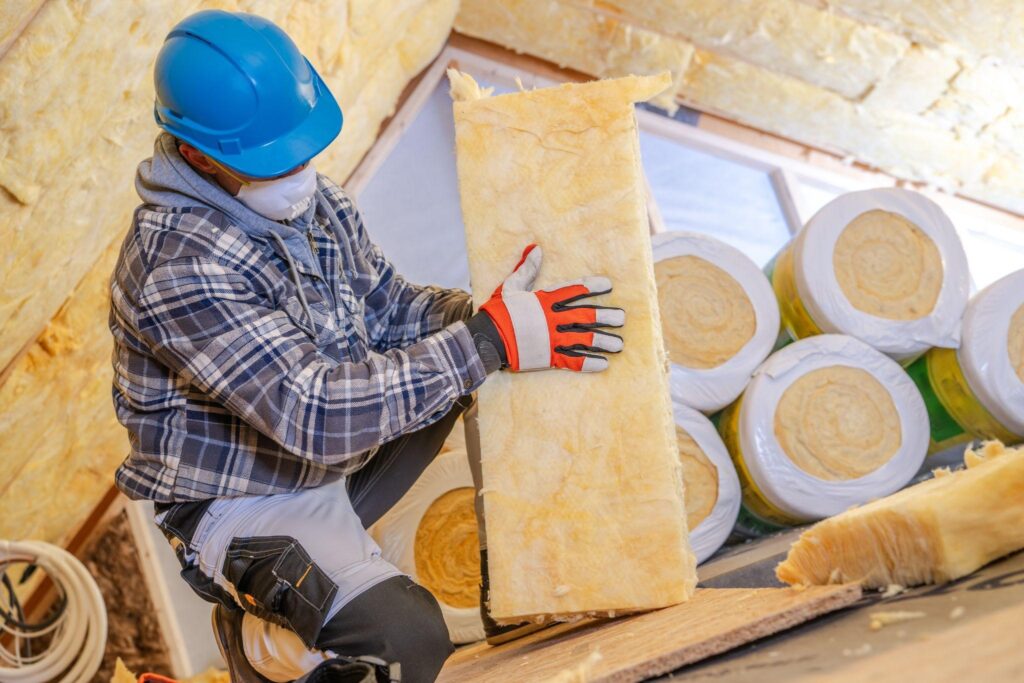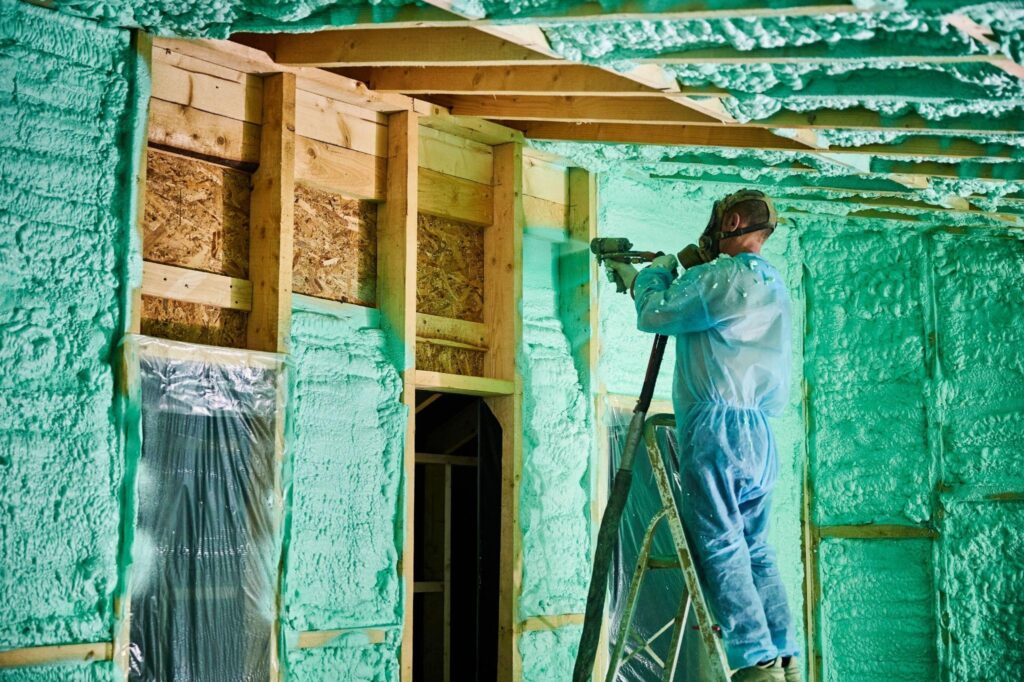
What Are The Types Of Insulation
Maintaining a comfortable temperature in your home can be very easy if you make the right insulation choice for your house. Inadequate insulation leads to heat invading the house in summer and quietly escaping during the winter. The right insulation can put all such concerns to rest. With so many options available in the market for homeowners, AAA Spray Foam Insulation has developed a detailed guide for you to pick the best choice among all those types of insulation.
Top 9 Insulation Types You Should Know:
Making the right decision when you have so many types of insulation to choose from can be quite frustrating, but the outcome of a good decision also guarantees maximized comfort and enhanced home efficiency with reduced energy costs.

Here are the top 9 types of insulation you can choose for your home:
a. Foam board insulation as Hard as Concrete:
If you’re aiming at wall insulation, the best option for you is a rigid foam board insulation, also known as concrete block insulation. It is the perfect choice for new constructions and is made of foam beads or boards, which help to increase the R-value of the concrete mix, but cannot be DIYed.
| Fun Fact According to the US Department of Energy, the autoclaved aerated concrete of concrete block insulation can boost the insulating value of traditional concrete up to 10 times. |
b. ICFs for Good Thermal Insulation:
When looking for the best material for thermal insulation, try going for ICFs or Insulating Concrete Forms, which are great for foundations and unfinished walls but not for renovations. They’re professionally installed as a part of the building structure, and the foam blocks have concrete-filled cores.
c. Cost-Effective Batts & Rolls:
Blanket batts and rolls are the best choice for ceiling or floor insulation in an existing home. They are also known as mineral wool insulation or, sometimes, fiberglass insulation, because they’re typically made of a natural fiber like that of a sheep’s wool. If you’re a DIYer, then this natural fiber insulation is a cost-effective option for you that can be installed with the right protective tools.

d. A Radiant Option:
A reflective or radiant barrier system allows homeowners to carry out light-duty yet affordable ceiling or floor insulation, but with at least one more insulating material due to their low efficiency. One plus point is that they can be installed around ventilation ducts, between joists, beams, and wood studs.
e. Something for Hard-to-Access Areas:
A good choice for wall cavity and attic insulation is Blown-in and loose-fill insulation. For all the areas around your home that have been partially or fully enclosed or are hard to access, you can use blown-in insulation. While the pouring of loose fill may be easy, specialized equipment is needed for the blown-in insulation. It is also available in an eco-friendly cellulose insulation variant.
f. Foam that hardens:
Spray foam insulation should be your top choice for unfinished attic floors and enclosed existing walls. They are composed of a polyurethane foaming material for a cementitious texture that expands upon application and hardens afterward. One variant also consists of polystyrene insulation material.

g. SIP Insulation that you can’t DIY:
SIPs or Structural Insulated Panels are made of a liquid foam or foam board and are not suitable for DIYers, as they have to be properly installed during the construction process. If you’re looking for a good floor or roof insulation material, pick SIPs, as they lower heat transfer and reduce utility costs.
h. Rigid Boards that don’t Conduct Heat:
Whether you’re aiming for exterior wall insulation or a good basement insulation material, rigid foam boards can be the best choice for your home. They are made of polyisocyanurate, polyurethane, or polystyrene, depending on the manufacturing company. With high levels of thermal insulation, rigid foam boards drastically lower heat conduction through steel or wood studs.

i. Rigid fiberboard for air ducts:
Homeowners can use rigid fiberboard insulation for insulating air ducts or any high-temperature points around their home. Due to such high levels of insulation, HVAC companies produce ductwork with preinstalled rigid fiberboard insulation before delivering the material.
Conclusion
With so many types of insulation available for homeowners, choosing the right one can be hard. Not to mention the effort required for a successful installation afterwards. This guide is all you need to understand the most common types of insulation out there, with a comprehensive description of their key characteristics.
FAQs
1: What is the best material for soundproof insulation?
Fiberglass blown-in insulation has the best soundproofing.
2: What are the three main methods of insulation?
Fiberglass, cellulose, and spray foam.
3: What is the cheapest material for detached garage insulation?
For detached garage insulation, pick fiberglass batts/rolls.
4: Is R30 good for crawl space insulation?
Yes, it is suitable for crawl spaces.
5: Is insulation waterproof?
No insulation is completely waterproof, but closed-cell spray foam is water-resistant and can help protect from water damage.